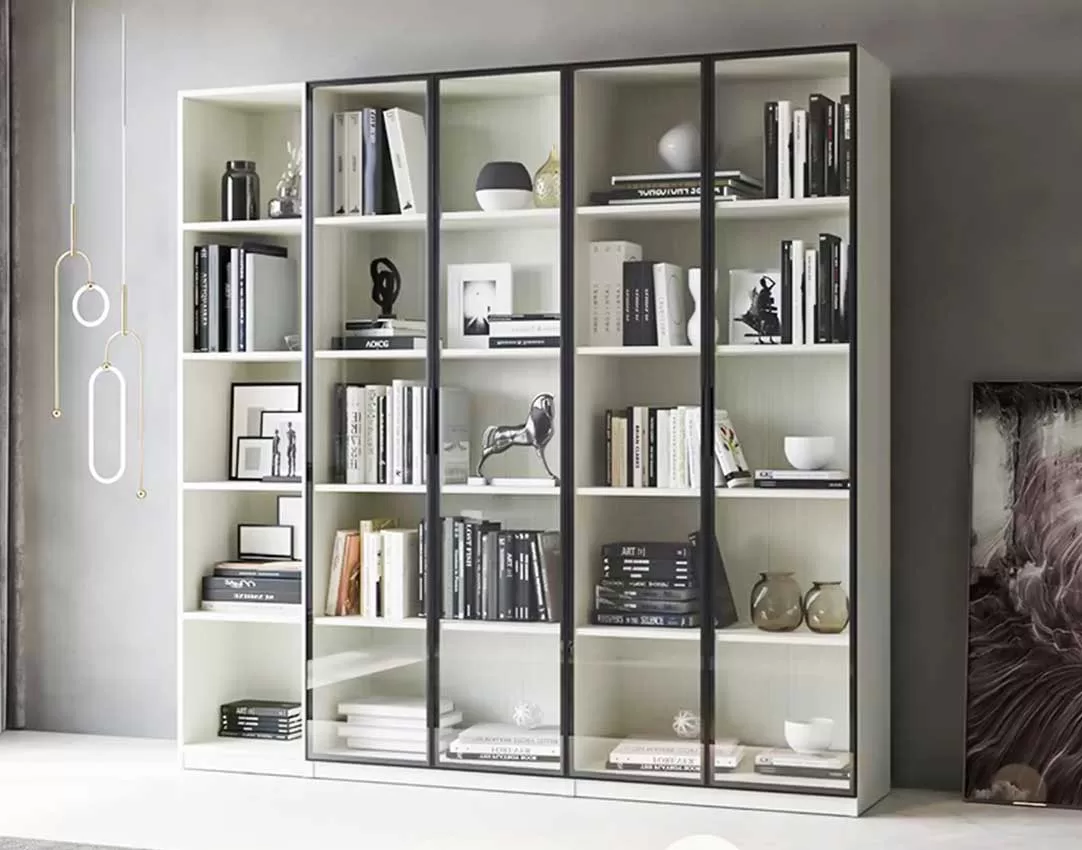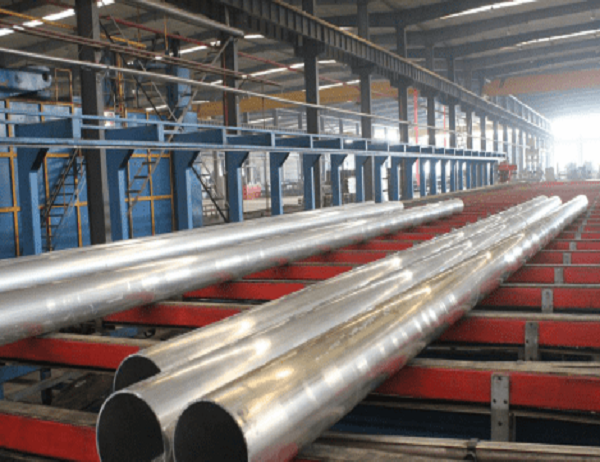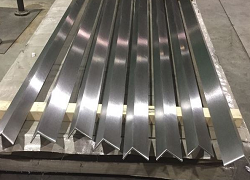As a versatile and durable material, aluminum alloy pipes offer numerous advantages for a wide range of design and construction applications. This article explores the intricacies of integrating aluminum alloy pipes into your projects, providing valuable insights and considerations for architects, engineers, and builders.
Lightweight and Durable: Aluminum alloy pipes possess exceptional strength-to-weight ratios, enabling the construction of lightweight yet robust structures. Their high durability and resistance to corrosion make them ideal for long-term applications.
Versatility: Aluminum alloy pipes come in a variety of shapes, sizes, and thicknesses, providing flexibility in design and compatibility with various building systems. Their ease of fabrication allows for complex shapes and intricate details.
Corrosion Resistance: Aluminum inherently forms a protective oxide layer that resists corrosion, making it suitable for harsh environments and extending its lifespan significantly.
Structural Integrity: When selecting aluminum alloy pipes for structural applications, carefully consider their mechanical properties, such as yield strength, tensile strength, and elastic modulus. Ensure that the chosen pipes meet the load-bearing requirements of the structure.
Joint Design: Pay attention to the joint design when using aluminum alloy pipes. Utilize appropriate welding techniques, such as gas metal arc welding (GMAW) or tungsten inert gas welding (TIG). Proper joint preparation and post-weld treatments are crucial for ensuring structural integrity.
Aesthetics: Aluminum alloy pipes can be anodized to achieve a wide range of colors and finishes. Architects can leverage this aesthetic versatility to enhance the visual appeal of buildings and structures.
Handling and Storage: Handle and store aluminum alloy pipes with care to prevent damage. Utilize proper lifting equipment and avoid excessive bending or impact. Store pipes in a dry, well-ventilated environment.
Installation: Follow manufacturer’s recommendations for installing aluminum alloy pipes. Ensure proper alignment and secure connections using appropriate hardware. Utilize pipe hangers or supports to maintain pipe integrity and prevent sagging.
Maintenance: Aluminum alloy pipes require minimal maintenance. However, regular inspections and cleaning are recommended to maintain their performance and aesthetics over time.
Structural Framing: Aluminum alloy pipes are ideal for structural framing applications in residential, commercial, and industrial buildings. Their lightweight and strength make them a preferred choice for roofing, cladding, and other load-bearing components.
Piping Systems: In plumbing and piping systems, aluminum alloy pipes are used for conveying liquids and gases. Their corrosion resistance and durability make them suitable for water distribution, heating, and cooling systems.
Architectural Enhancements: Aluminum alloy pipes can be incorporated into architectural features such as handrails, guardrails, and decorative elements. Their aesthetic versatility and durability enhance the visual appeal of buildings and public spaces.
Integrating aluminum alloy pipes into design and construction projects requires attention to material properties, design considerations, construction practices, and potential applications. By understanding the advantages and limitations of aluminum alloy pipes, you can leverage their unique capabilities to create innovative, durable, and visually appealing structures.



